If you want to live happily ever after, then Ikaria is your choice!
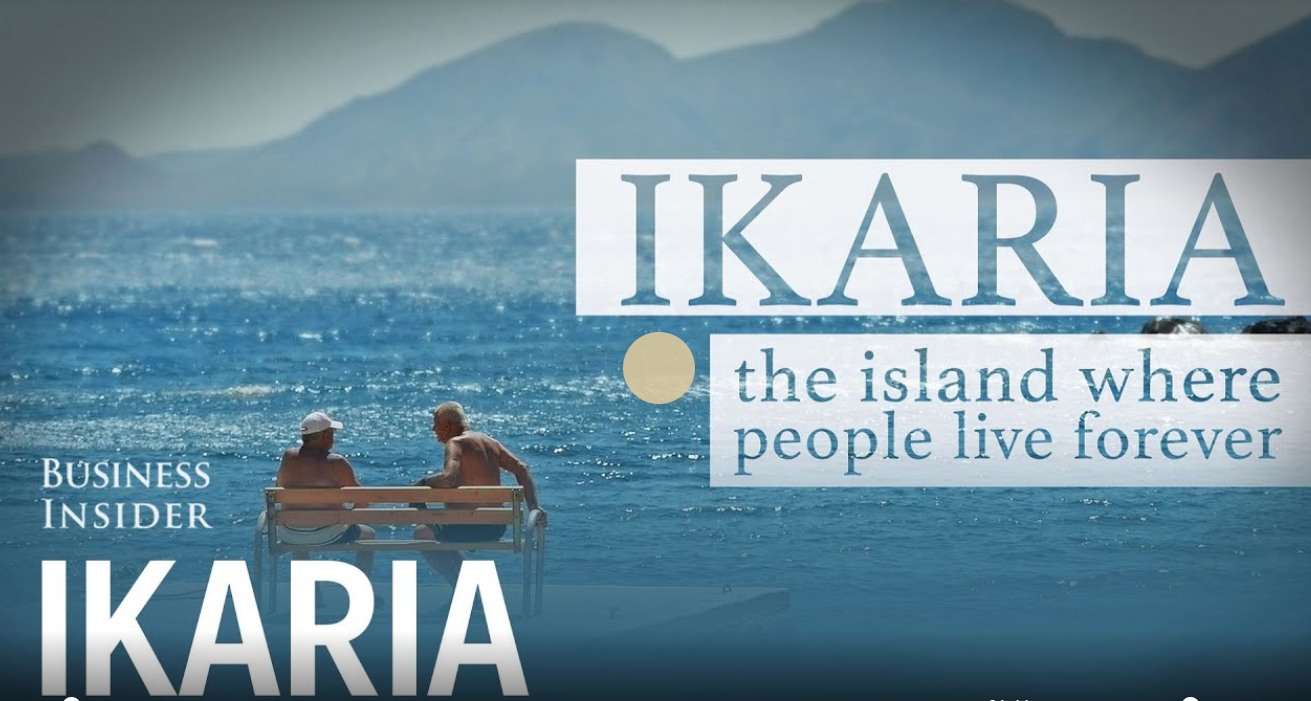

The Lonely Planet guide calls Ikaria “the most charismatic and unusual” Greek island and includes it in the top 50 “Best Travel 2024”.
This small island lived quiet in the east of the Aegean Sea, until the publication of the article “Where people forget to die”: an American scientist did it in 2012. Since then, more and more tourists, who are usually not looking for attractions and entertainment, have been going in search of the secrets of the Ikariotes. Scientists and doctors, retirees and yoga fans come here to sip from the elusive fountain of youth.
Ikaria has been recognized as one of the “blue zones of the world”, where residents are famous for their good health and longevity. They say that every third Icarian has already celebrated his 90th birthday. At the same time, they do not notice their age: they work in the gardens, engage in winemaking, they fish and greet tourist guests. They “simply have no time to think about old age and death”, as one centenarian woman said in an interview: “We have a lot of fun things to do.” But the mythical Ikarus, whose name is heard in the name of the island, did not live long…
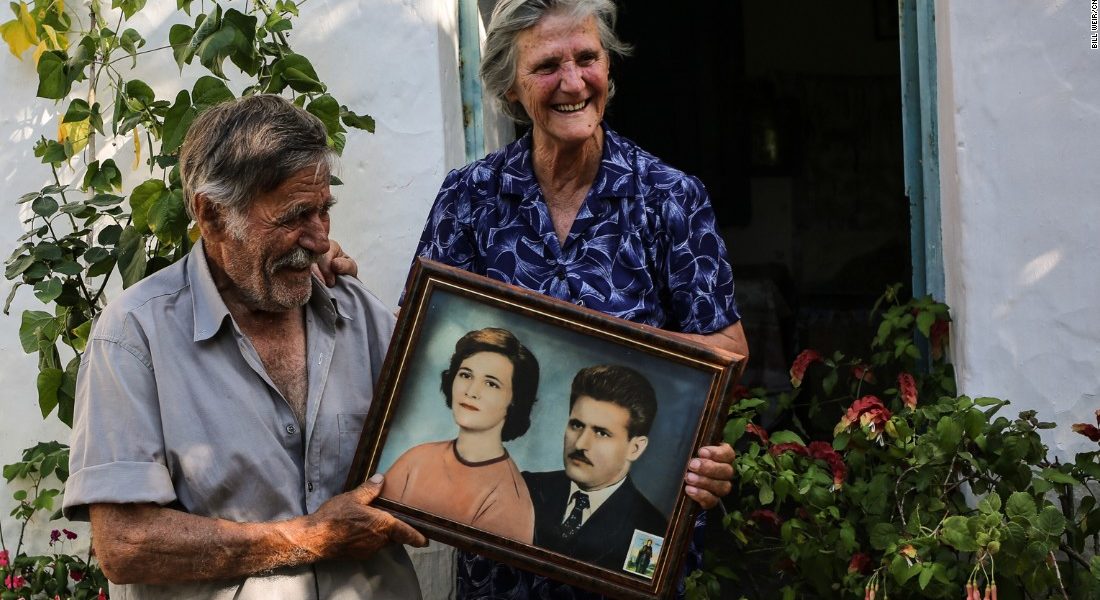
According to a myth, the ruler of Crete, King Minos, hired Daedalus and his son Ikarus to build the famous Labyrinth – a refuge for the Minotaur, who was half man, half bull. Daedalus and Ikarus were the only mortals who knew the structure of the Labyrinth, so Minos forbade them to leave Crete, fearing the secret would be revealed.
Then Daedalus made wings from feathers and wax to fly away from the island and warned his son not to fly close to the sun. But at all times teenagers are disobedient: the young man imagined himself equal to the gods and soared as high as he could. The sun melted the wax on his wings, and Ikarus fell into the sea – next to the island named in memory of him.
The inhabitants of Ikaria, unlike Ikarus, do not give themselves airs. They live slowly and happily, in full harmony with nature and natural rhythms. Time flows slowly here; and everyone who comes to the island succumbs to the magic of slowness. The caressing landscapes, the Ikaria diet, thermal springs – the pride of the island – definitely extend the life. Especially if you walk a lot along the paths of Ikaria.
In addition to the wild nature – rocks, gorges, beaches, – there is something else to admire here.
Thermal springs
Thermal springs as sources of “living water” were discovered by the ancient Greeks who began to populate the island. People from all walks of life flocked here in search of healing. Herodotus wrote about the healing power of the local waters, healing arthritis, neuralgia, rheumatism and even infertility. One of the thermal sources is called the “immortal Water”, giving hope (and health) to sufferers.
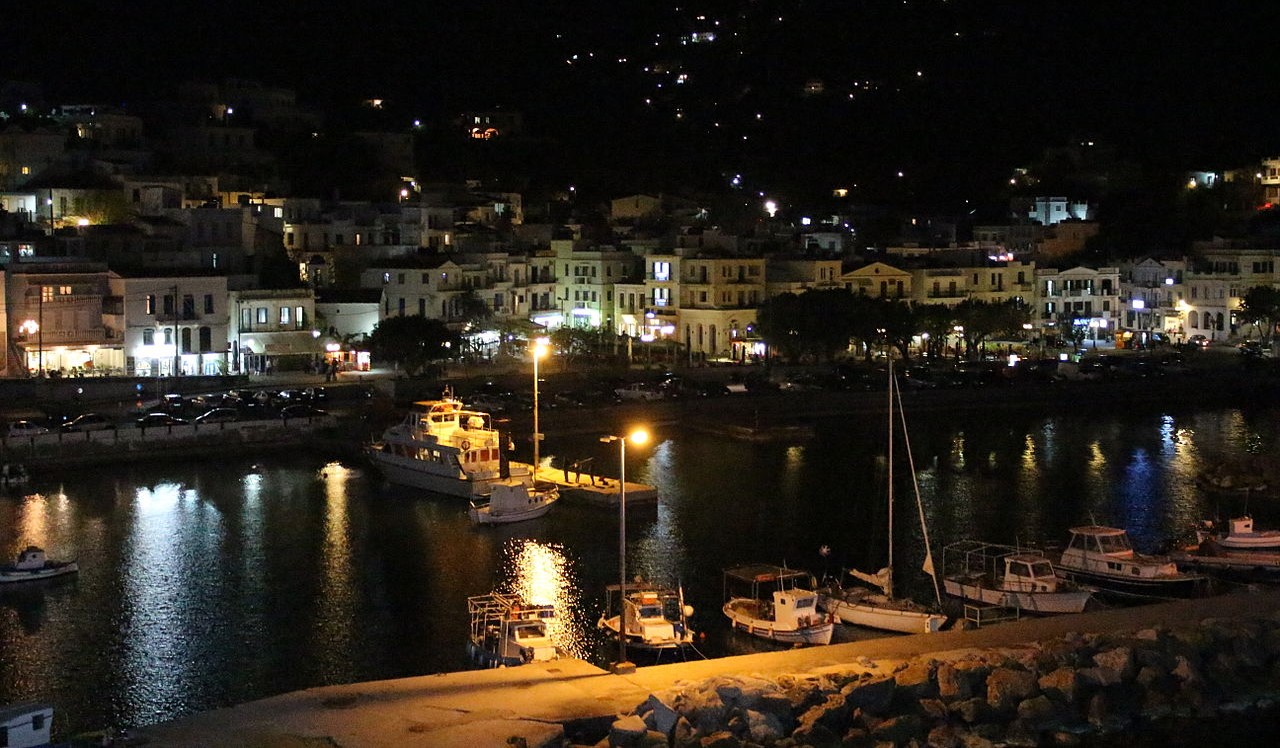
Stone houses
In ancient times, Ikaria, like other islands, suffered from pirate raids. Therefore, the inhabitants learned to build their houses looking like just rocks. The building material is large stones. The ceilings there are low and with. There are no chimneys so that the enemy does not see the smoke. Such rock houses and archaeological sites dot the island. One of the most striking impressions is left, for example, by Theoktistis Monastery with its small temple hidden between huge boulders. It is called “the Hobbit Temple” by admiring tourists who are not deterred even by difficult road to get there. Now it is a convent, where nuns serve amazing loukoumades (doughnuts) to visitors.
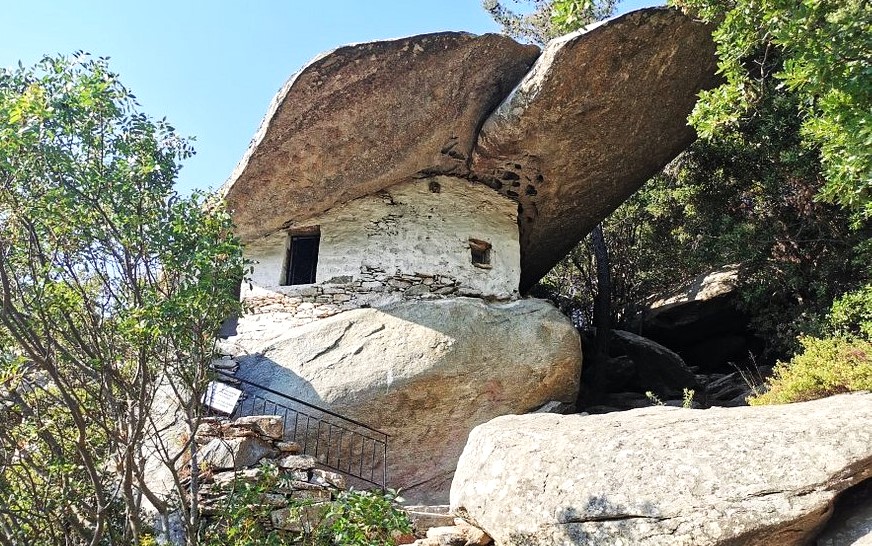
Odeon
The Odeon (small theater), built in the 1st century, is located in the northern part of Ikaria, in one of the most fertile places on the island, on the site of the ancient city of Oenoe.
Temple of Artemis
It was built in the VI century BC at Nas and is one of the two temples of Artemis on the island. In 1830, this temple was destroyed, and the Ikarians have built a church from its stone blocks. Only the foundation remains of the Sanctuary of Artemis, and off the coast, under water, huge columns of this structure were found by scuba divers. The main statue of Artemis, the Ikarians say, is hidden in the river nearby. They just can’t find it.
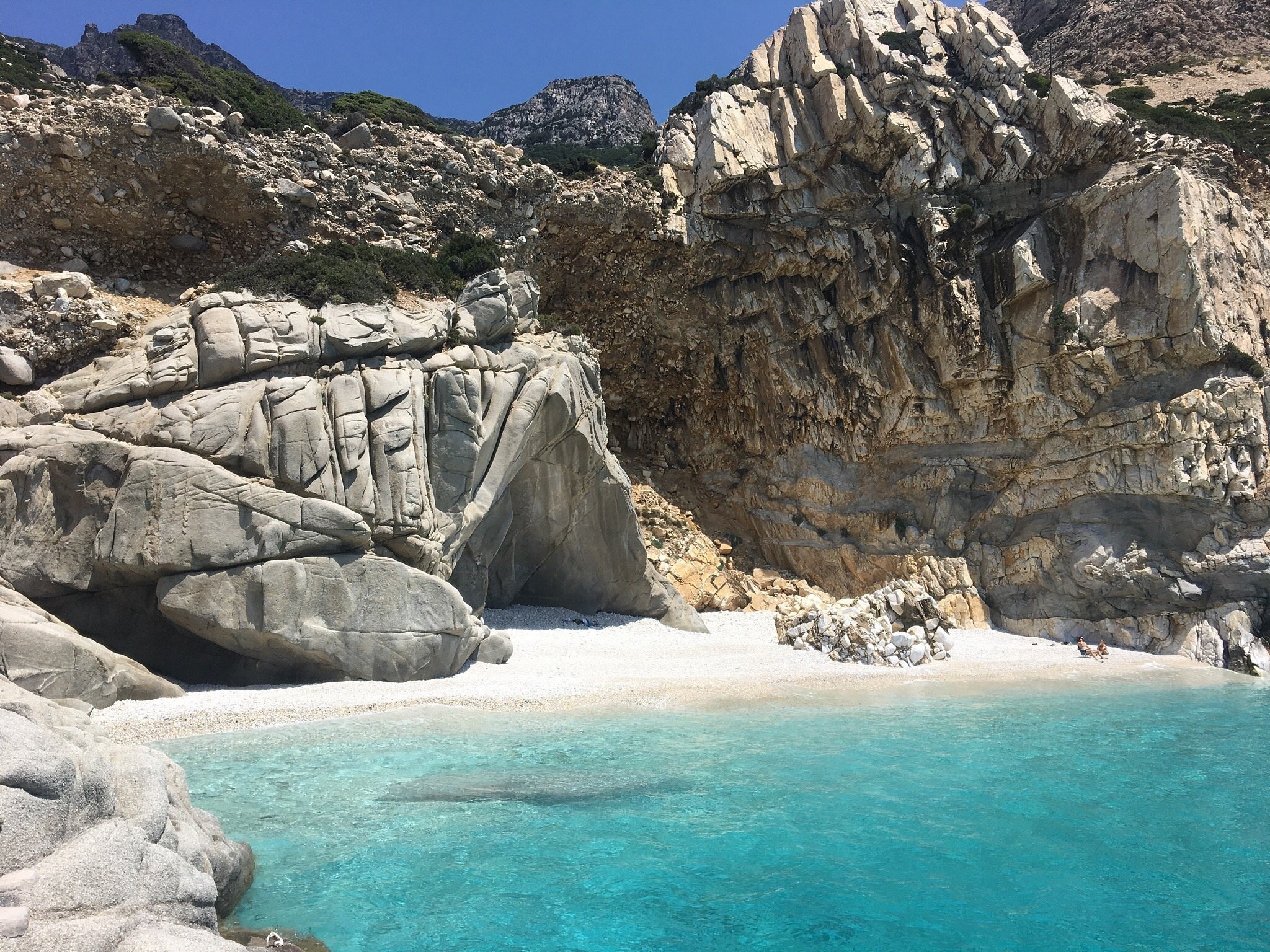
By the way, the ruins of the temple are on the side of the Nas beach which is well liked by tourists: a bay, sheltering from the winds, fine sand; nearby there is a forest with streams and waterfalls, there are also taverns on the edge of a cliff above the sea.
Can you imagine what kind of sunsets are here? Especially after a long leisurely day walking around the island when time stops, and the guests of the island feel all the sweetness of the moment. And this is not a myth!
Sources: greekcitytimes.com, tripadvisor.ru, wikipedia.org